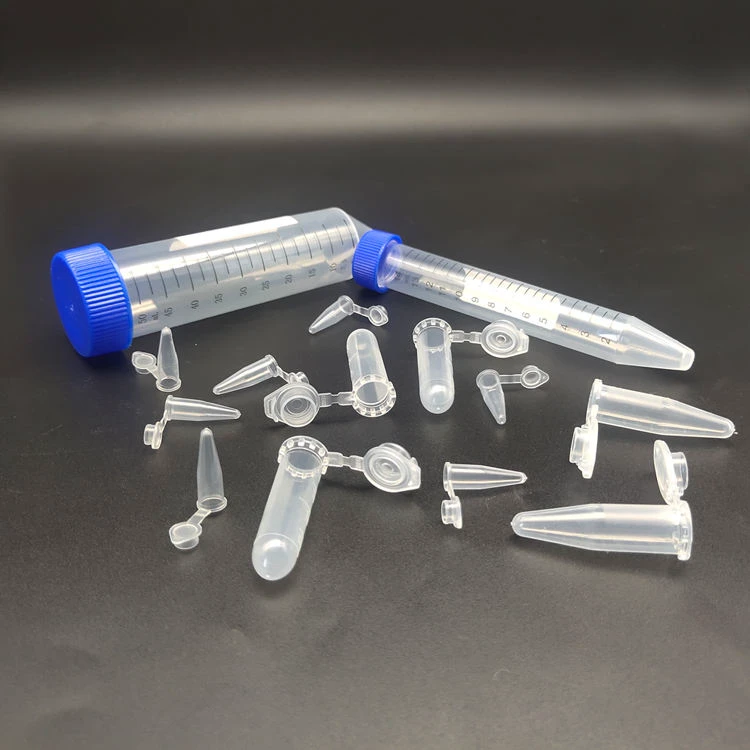Innovative Concepts for Designing Modern Plastic Jar Solutions
Innovative Plastic Jar Design Functionality Meets Aesthetics
The design of plastic jars plays a critical role in packaging, storage, and even branding. As consumer needs evolve, so too does the demand for innovative and practical designs. The challenge for designers is not merely to create a vessel that holds products but to develop a packaging solution that enhances user experience while also appealing visually. In this article, we will explore the various aspects of plastic jar design, including functionality, aesthetics, sustainability, and market trends.
Functionality
At the core of any effective plastic jar design is functionality. A well-designed jar must effectively protect its contents from external factors such as air, moisture, and light, which can degrade the quality of the product inside. Additionally, the jar should be easy to open, pour, and reseal. Designers often focus on features such as ergonomic lids, spouts, and wide openings to facilitate ease of use.
Another vital functional aspect is size and shape. Depending on the target market, designers are tasked with creating jars that cater to various needs—from smaller jars suitable for sample sizes to larger containers for bulk products. Shapes can also influence the jar's stability and storage; for instance, stackable designs are ideal for retail environments where space is limited.
Aesthetics
Aesthetic appeal is equally important in the design of plastic jars. The first impression a product makes on a consumer is often through its packaging. Unique shapes, colors, and graphics can draw potential buyers’ attention and encourage them to make a purchase. Innovative designers experiment with materials that mimic glass or ceramic, giving plastic jars a high-end appearance while retaining lightweight and durable qualities.
Moreover, aesthetics are tied closely to branding. Custom designs that align with a company's branding strategy can help products stand out on crowded shelves. Labels, textures, and finishes contribute to an overall cohesive look, reinforcing brand identity and enhancing consumer loyalty.
plastic jar design

Sustainability
With increasing awareness of environmental issues, sustainability has become a significant focus in plastic jar design. Designers are now tasked with creating jars that not only minimize the use of non-renewable resources but also utilize recycled materials. Biodegradable plastics and composite materials are gaining popularity as designers seek to reduce the carbon footprint of their products.
Additionally, refillable and reusable jar designs are becoming common as consumers become more eco-conscious. Brands that promote sustainability in their packaging often find favor with modern consumers, allowing them to position themselves as responsible and forward-thinking in an environmentally challenging landscape.
Market Trends
The market for plastic jars is ever-changing, influenced by shifting consumer preferences and technological advancements. For instance, the rise of e-commerce has led to a demand for packaging that not only protects products during transit but is also visually appealing when delivered to consumers’ doorsteps.
Furthermore, the health and wellness trend has sparked interest in clear plastic jars that allow consumers to see product quality. This transparency can enhance trust and satisfaction, especially for items like food and supplements. In contrast, opaque jars remain popular for products requiring protection from light degradation, such as certain pharmaceuticals.
Conclusion
The design of plastic jars encompasses much more than mere functionality. It is an intricate blend of aesthetic appeal, sustainability, and market responsiveness. As designers innovate to meet the diverse needs of consumers and brands, the impact of plastic jar design will continue to evolve. By balancing these elements effectively, companies can create packaging solutions that not only serve their purposes but also resonate with consumers in an increasingly competitive marketplace. Ultimately, the future of plastic jar design looks promising, with endless possibilities for creativity and advancement.
-
Aesthetic Makeup Spray Bottles | Fine Mist Empty RefillableNewsAug.19,2025
-
White Plastic Veterinary Vaccine Vials | Lab Liquid BottlesNewsAug.18,2025
-
Plastic Medicine Liquid Bottle: Secure Flip Top Drug VialsNewsAug.17,2025
-
Durable 250ml Blue Plastic Vaccine Vial for Lab & Vet UseNewsAug.16,2025
-
Sterile Virus Sample Tubes: Secure & Reliable Specimen CollectionNewsAug.15,2025
-
White 250ml Plastic Vaccine Vial for Lab & Vet MedicineNewsAug.14,2025
























